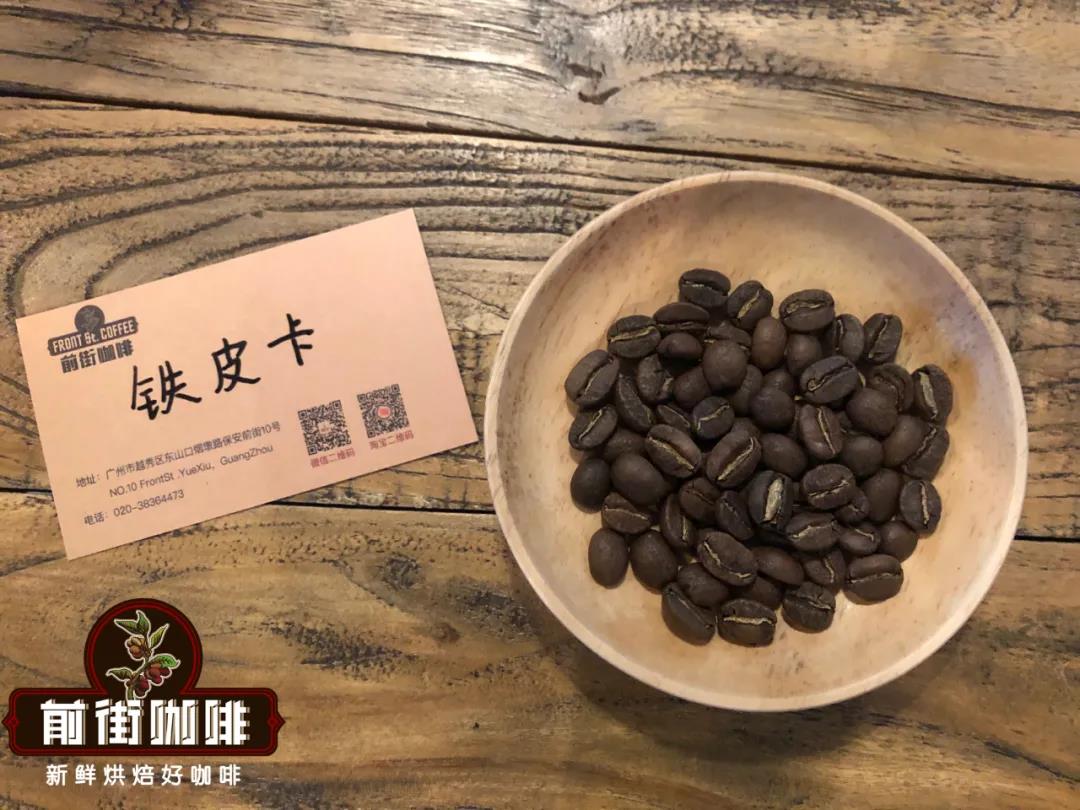Coffee roasting process roasting degree introduction which roasting machine is better
Secret 1: to achieve the highest caramelization-caramelization is an important factor affecting the flavor of coffee, as raw beans absorb a lot of heat when roasting, then there is the first 1st cracking, at this time, the sugar begins to be converted into carbon dioxide, water continues to evaporate, the aroma of coffee will gradually come out and form coffee oil. This pyrolysis reaction can last until the second explosion (2nd cracking), but when the second explosion is completed, the temperature of the bean should be lowered immediately and as soon as possible, so that the highest caramelization can be obtained.
Tip 2: minimum carbonization-some ingredients will also be carbonized during the baking process, forming a bad bitter substance, so when you finish the second explosion, stop heating and minimize carbonization at the same time.
Tip 3: pay attention to the change in sound-coffee beans make two bursts during baking, and the first burst is low, indicating that the starch begins to turn into caramel and the water evaporates with carbon dioxide. The second burst sound is more violent and sharp, this is the sound of coffee bean cell fiber fracture, at this time should immediately stop heating, and as soon as possible with cold air to lower the temperature of the bean. The time of the first explosion and the second explosion can be very different, so baking different beans, it is necessary to find out the most suitable baking conditions for this bean.
Tip 4: pay attention to the changes in color and taste-the color of coffee beans will change from green to light brown as it continues to heat up, and then a small amount of oil will show a bright dark brown. At this point, you can no longer bake, otherwise the coffee oil on the surface of the beans will dry and give off a lot of smoke and scorched smell.
To sum up, coffee roasting is a science. The age, density, hardness and moisture content of raw beans will affect the quality of roasted coffee. Even the relative humidity and temperature on the day of roasting can not be ignored.
For coffee beans that have just been roasted, it is best to leave them for 2-5 days. It will be easier to drink after a large amount of carbon dioxide is discharged. Hong Kong Coffee Club uses aluminum foil bags with one-way breathable valves to preserve coffee beans, which can prevent the entry of air and cause oxidation. Carbon dioxide can also be discharged to ensure that the coffee beans are kept in the best condition of freshness.

Important Notice :
前街咖啡 FrontStreet Coffee has moved to new addredd:
FrontStreet Coffee Address: 315,Donghua East Road,GuangZhou
Tel:020 38364473
- Prev

The most classic high-quality Arabica variety of tin coffee flavor introduction
Catimor: Catimor is not purely Arabica, it is a hybrid of Timor species (belonging to Robusta species) and caturra(a variant of Popan species), so catimor has 25% Robusta lineage, and its Robusta lineage also determines its taste defects: aroma is not rich enough, and the overall taste is bitter, prone to astringent and pungent
- Next

Introduction to the history and customs of the earliest drinking coffee and the production of coffee beans and Arabian coffee
As the first region in the world to drink and produce coffee, Arab coffee culture is as old and old as its coffee history. In the Arab region, people still retain an ancient and long tradition and exquisite in terms of coffee quality, drinking mode, drinking environment and atmosphere. In Arab countries, if a person is invited
Related
- Beginners will see the "Coffee pull flower" guide!
- What is the difference between ice blog purified milk and ordinary milk coffee?
- Why is the Philippines the largest producer of crops in Liberia?
- For coffee extraction, should the fine powder be retained?
- How does extracted espresso fill pressed powder? How much strength does it take to press the powder?
- How to make jasmine cold extract coffee? Is the jasmine + latte good?
- Will this little toy really make the coffee taste better? How does Lily Drip affect coffee extraction?
- Will the action of slapping the filter cup also affect coffee extraction?
- What's the difference between powder-to-water ratio and powder-to-liquid ratio?
- What is the Ethiopian local species? What does it have to do with Heirloom native species?

